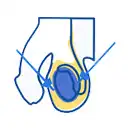
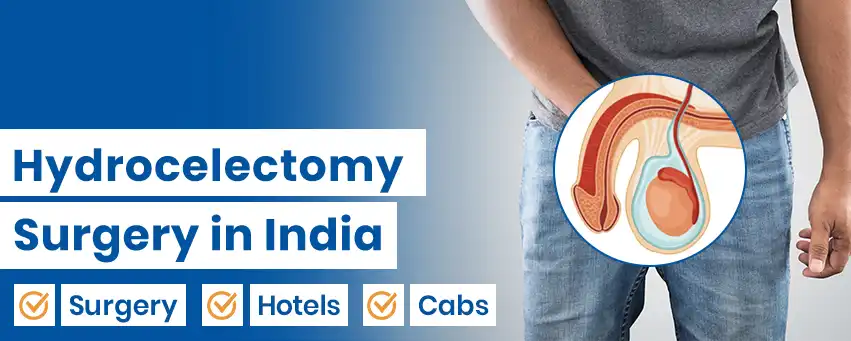
A hydrocele is a collection of fluid encircling a testicle. It can be repaired surgically through hydrocelectomy surgery. Often, a hydrocele resolves on its own without medical intervention. When a hydrocele gets bigger, it may require surgery for repair. This can cause scrotal enlargement, pain, and discomfort. A hydrocelectomy reduces the size of the sac that once held the fluid and eliminates the fluid.
A hydrocele is surgically removed or repaired during a hydrocelectomy. A fluid-filled sac encircling your testicle is called a hydrocele. It results in the enlargement of the scrotum, the sac that houses your testicles.
Experiencing hydroceles around both testicles may necessitate a bilateral hydrocelectomy. The term "bilateral" describes a disorder that affects both your left and right testicles.
Hydroceles can be frightening, given their visibility and location in a delicate area of the body. They occasionally get better on their own without therapy, and they are often painless. Speak with your healthcare provider quickly about any irregularity in your scrotum.
There may be many reasons for hydrocelectomy, including:
A hydrocele may develop prenatally. The testicles normally descend into the scrotum from the developing baby's stomach region. Each testicle has a sac that allows fluid to envelop the testicles. Each sac usually shuts and absorbs.
An injury can cause a hydrocele. Alternatively, an internal scrotal swelling known as inflammation may be the culprit. An infection within the testicle can be a source of inflammation. The tiny, coiled tube is located at the rear of each testicle. It may also contribute to the inflammation.
Inserting a tiny needle into the hydrocele for aspiration is a surgery substitute. Following this, the physician administers a chemical injection (sclerotherapy). It is to prevent re-accumulation of fluid around the testicle. The hydrocele may return over time, necessitating another round of aspiration and sclerotherapy.
You will undergo routine preoperative blood and urine testing before surgery. A physician or nurse will discuss procedure details. It includes the possibility of inserting a drainage tube post-surgery. This helps prevent infection and fluid accumulation in the scrotum. The types of procedures may impact the hydrocele surgery time taken.
You must inform your physician about all the medications and nutritional supplements that you take. It also includes your herbal supplements. A few of these may induce bleeding and affect your body's natural ability to clot. Ensure your doctor is aware of any medication allergies and a history of severe bleeding.
The traditional approach to treating Hydrocele is open surgery. The surgeon gives the patient anesthesia during the open procedure. Next, incisions are made in the groin or the scrotum. The fluid is emptied using suction. Subsequently, the abdominal and scrotal openings are sealed by the physician. In addition, the hydrocele sac is removed, and the incision is sutured shut by the physician.
In a traditional hydrocelectomy, two distinct techniques are employed. The choice depends on the state of the hydrocele. These are the following:
When a hydrocele is huge, has strong walls, and numerous chambers (multilocular), this surgery can be helpful. After the Hydrocele has fully mobilized, incisions are used to access the scrotum. It is made sure that the procedure doesn't harm the ducts or the epididymis. Following the process, the sac's borders are stitched behind the sperm cord.
This procedure is used for medium-sized hydroceles with thin walls. It involves less dissection and has a lower rate of complications than excision. First, a small incision is made, and the Hydrocele is opened. Next, the Hydrocele is reduced, and the incision is closed with sutures.
The best and most sophisticated approach for hydrocele surgery is laser hydrocelectomy. The development of the laser-based hydrocelectomy is a result of technological advancements. It also stems from progress in medical scientific understanding. It is a contemporary method of hydrocelectomy. The anesthesia used for this surgery is being applied.
Dr. Gautam Banga is a pioneer urology surgeon in India. He has vast experience in treating various urology-related issues like phimosis, priapism and Peyronie’s disease, etc. He is an expert in frenuloplasty and other cosmetic urology.
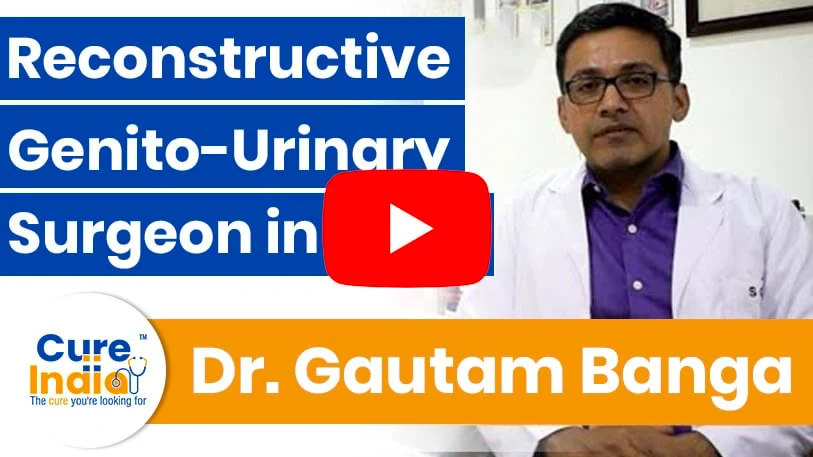
Dr. Vijayant Govinda Gupta is widely known as a penile implant surgeon. He has proficiency in urology surgeries. Dr. Viajayant Gupta does surgeries like frenuloplasty, phimosis(child & adult), paraphimosis, circumcisions, hydrocelectomy etc.
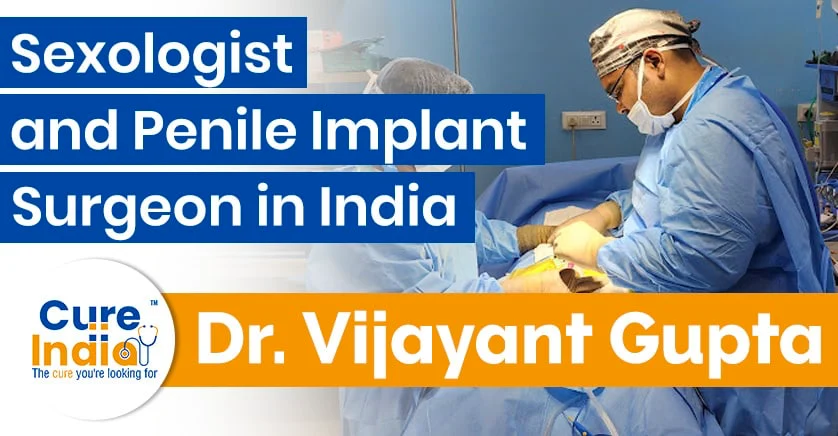
Dr. Raman Tanwar is one of the top urological surgeons in India. He has expertise in surgeries like vasectomy, phimosis, epispadias, and minimally invasive surgery like LASER circumcision.
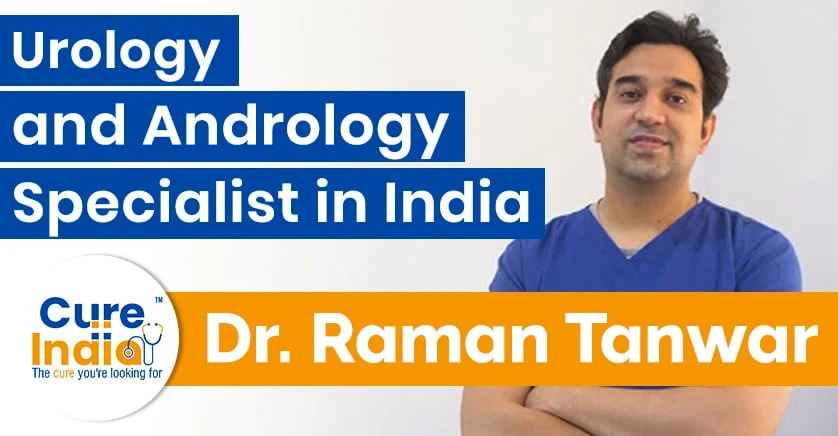
Dr. Vineet Malhotra is the best urology doctor. He performs various endourology, reconstructive, and laparoscopic procedures. With his extraordinary talent, Dr. Vineet Malhotra is now a member of many renowned institutions globally.

Many people from Arabic countries like Iraq, Bahrain, Oman, and Saudi Arabia travel to India seeking the best treatment at minimum cost. As the cost of Hydrocele Surgery in India is super affordable, it’s a steal deal for patients coming from different nations. Indian Surgeons have years of expertise in their particular fields and provide the best medical treatment. Indian hospitals are equipped with the latest technology and healthcare devices. For Hydrocele Surgery, the procedures like Open Hydroelectomy, Laser Hydrocelectomy, and advance procedures like minimally invasive Laparoscopic Hydrocelectomy for Hydrocele Surgeries are available in India. The cost of Hydrocele Surgery in India is as follows:
| Treatment | Cost |
|---|---|
| Hydrocele Surgery in India | 2000 USD |
Your scrotum may develop a hydrocele, which won't hurt you too much or pose any health risks. To check if the swelling goes down, you can try using over-the-counter anti-inflammatory pain medicines. Most of the time, it goes on its own in six months.
The Hydrocele can require correction if it grows to a certain size. Signs that indicate you could require surgery include:
The hydrocele surgery procedure steps include the following:
Typically, a hydrocelectomy recovery takes thirty minutes or less. In most cases, you can go back within a few hours after the surgery. Anyone will drive you home. Your scrotum may have a little tube inserted by the doctor to let fluids out.
After surgery, you'll be admitted to a recovery room until it's safe to return home. If you had general anesthesia, you might feel tired and queasy. The breathing tube could cause some hydrocelectomy pain.
You'll have a follow-up appointment in a few weeks. This is for your doctor to monitor the healing process. Your doctor will check for indications of infection or other issues.
The cost of hydrocelectomy surgery in India can be influenced by many factors. The type of surgery, hospital, surgeon's experience, and the hospital's location could all play a part in it. The average cost of an open hydrocelectomy surgery in India is more affordable than in other parts of the world.
Yes, the majority of health insurance and medical plans in India include hydrocelectomy. The coverage of health insurance policies for hydrocele treatment may vary. It depends on the plans of the different insurance companies. Most health insurance plans typically cover hospital stays and surgical treatments required for hydrocele.


Suffering from Erectile Dysfunction
Open up and get treated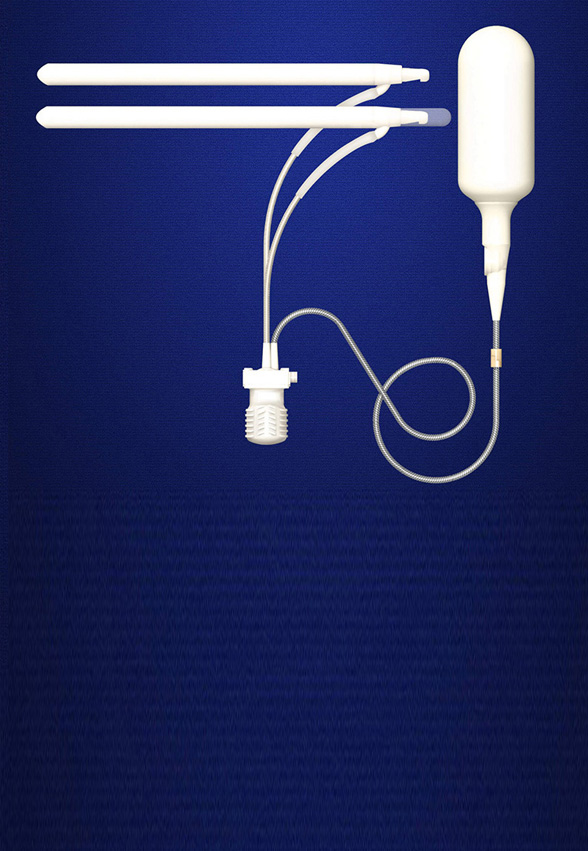
Semi Rigid and Inflatable Penile Implants
Get back the Erection
Insecure about your size
Get Penile Augmentation